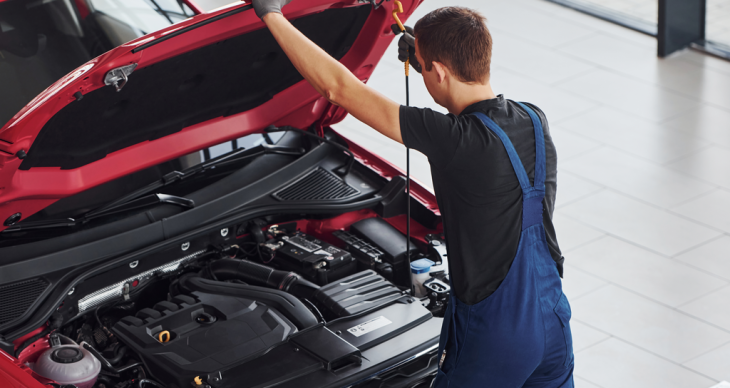Warranties protect you from specific out-of-pocket repair costs. They cover different parts of the vehicle if they malfunction or become damaged. Car warranties will not cover routine vehicle maintenance. You will need to do or pay for services like oil changes, brake replacement, and tire care.
However, if you bought your vehicle from a dealership, these maintenance services may be part of the purchase or leasing agreement. Some examples of systems and parts warranties can cover include the following:
- Sensors
- Faulty seatbelts
- Malfunctioning tires
- Electronic system
- Air conditioning
- The engine
A vehicle warranty may have conditions on the driver, such as ensuring routine maintenance is kept up. Not taking your car in for oil changes and other services could void the warranty. If this happens, there may be a cost to reinstate the coverage.
Likewise, warranties do not cover parts that normally wear out. You will need to cover the costs of limited-use components, such as wiper blades and air filters.
Dealership warranties usually offer “powertrain” coverage. The dealer may only guarantee the transmission and engine components, so it will not cover seatbelts and the air conditioning.
You can purchase additional coverage, which is an extended warranty. Extended warranties usually have a deductible you must pay before it will cover the cost of the repairs.
Extended warranties will still not cover limited-use components. Be sure to review the details of your extended warranty, as they are not all the same. To get the best car warranty for you, it is important to know any conditions you must meet and the coverage fine print.




